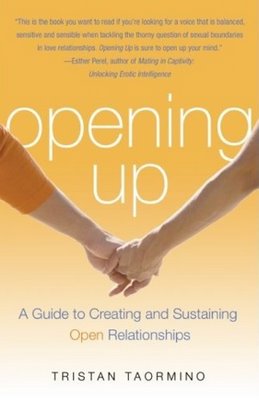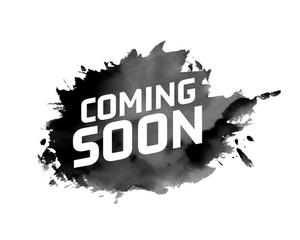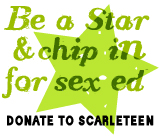
“Opening Up: A Guide to Creating and Sustaining Open Relationships” by Tristan Taormino is an enlightening and thought-provoking book that explores the diverse aspects of nonmonogamous relationships from solo polyamory, to partnered nonmonogamy, to triangles and groups. The book features a wealth of information from stats to brief histories of polyamory in the U.S., as well as Taormino’s own research on the subject where she interviewed over 100 people living in open relationships over the past ten years.
The Guide begins by relating the history of polyamory, as well as breaking the myths of monogamy and traditional relationships, why you might want to choose a nonmonogamous lifestyle and what makes nonmonogamy work. Section 2 looks at the many styles or models of nonmonogamous relationships and Section 3 talks about creating and sustaining relationships. There is also a resource guide at the end which lists books, organizations and websites for further information.
Throughout the book Taormino uses checklists and practical advice for the reader which she says can be used like a roadmap to navigate your own way through the different styles and create your own model based on you and your partner(s) needs, desires, and unique situation(s). Like any emotional or sexual relationship, polyamorous relationships have unique problems, potential issues and conflicts that arise that are common to open relationships. Taormino deals with each of these giving practical advice and coping strategies including: jealousy, fear of abandonment, time management, negotiating boundaries, violating agreements, new desire, coping with change, safer sex as well as legal issues.
The highlight of the book is the real life experiences Taormino uses with quotes, stories and advice from a diverse group of people who share their desires, fears, challenges, solutions, successes and failures with the reader to provide meaningful context. This book is really a thoughtful and comprehensive guide on open relationships of all kinds, leaving no stone unturned.  Enlightening, inspirational, and practical, this book is for anyone interested in or already living in responsible nonmonogamous relationships.
You can purchase “Opening Up: A Guide to Creating and Sustaining Open Relationships” by Tristan Taormino at Babeland.







